Sibilla cumana and Sibilla eritrea
Oil on canvas, cm 38x30
With frame, cm 50x40
In the ancient world there were many soothsayers and prophets who made predictions in the name of a god. At the oracular sites, it was widely believed that there were many female interpreters of the divine word, not subject to the passage of time, isolated from the world and not inclined to show themselves to human eyes; these were the Sibyls. The Pythia of Delphi is the best known case, but the Latin writer Marco Terenzio Varrone (116-27 BC) listed ten of them: the persiana, the eritrea (from Eritre, in Lidia), the ellespontia, the frigia, the cimmeria, the libica, the delfica, the samia, the cumana and the tiburtina (some pictured by Michelangelo in the Sistine Chapel). Some even thought that it was a single, immortal Sibyl who moved to different places. The Sibilla Cumana is one of the most fascinating figures that emerge from Latin literature: the texts written by her pungo, handed over, according to tradition, by the prophetess to Tarquinius the Superb, and preserved at the Capitol were perceived as a fundamental reference for the Kings of Rome and later for the leading figures of the Roman Republic. As a result of the Christianization of the Roman Empire, this figure, reseminated, is presented in the scriptures as a predictor of the coming of Christ.


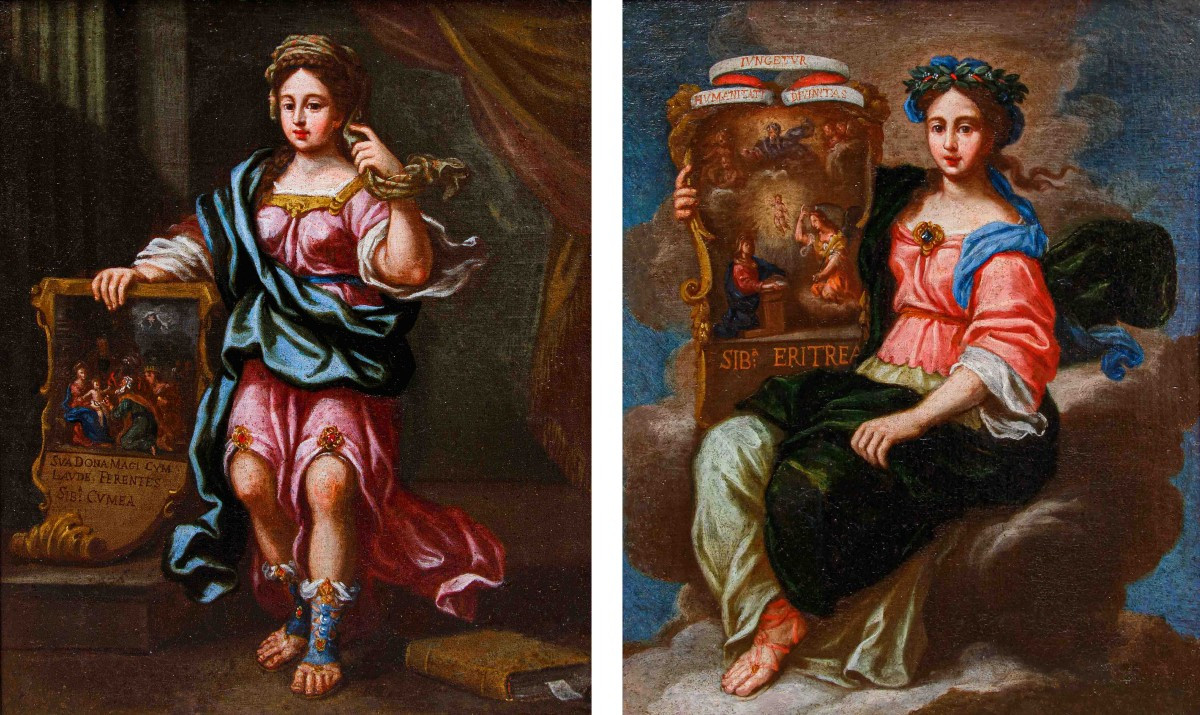




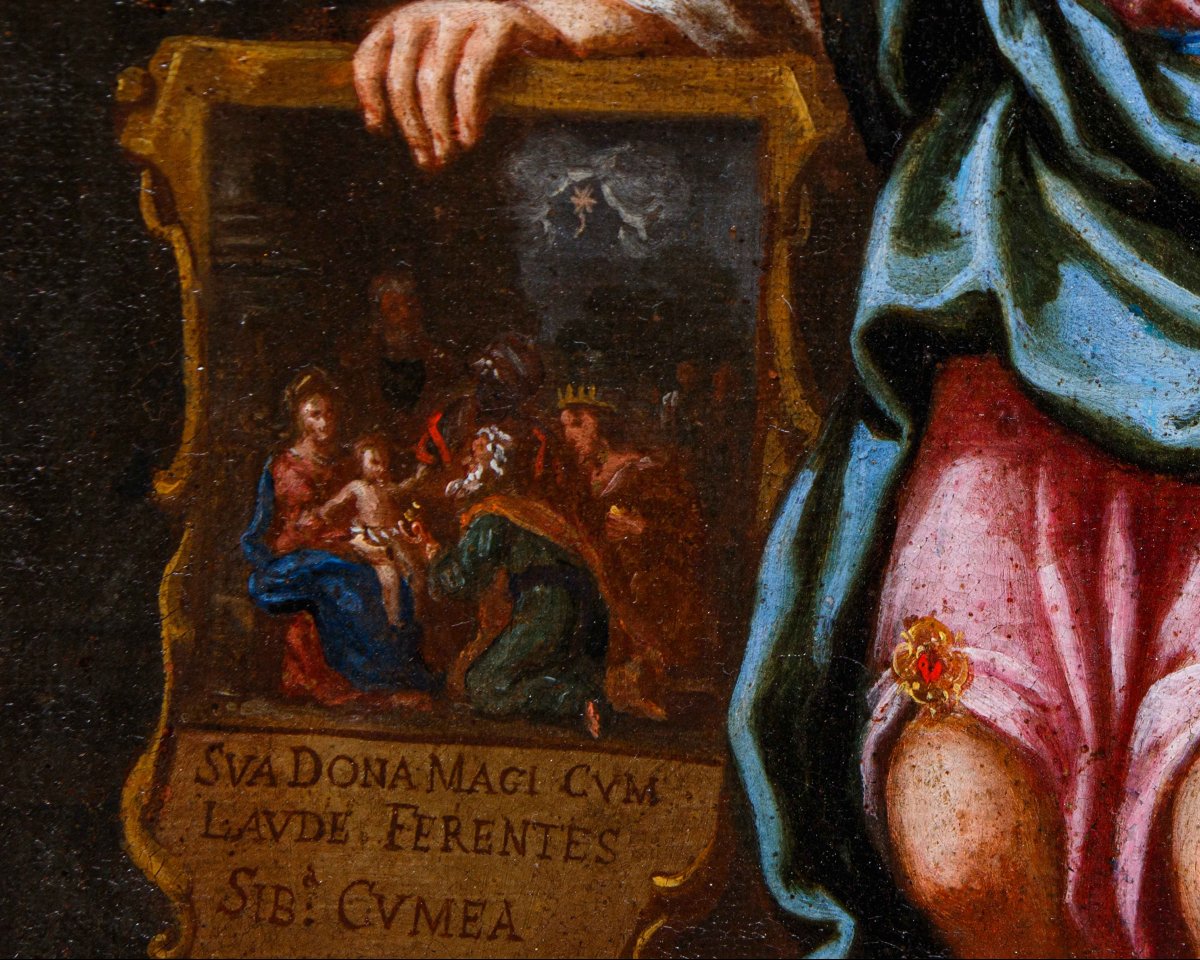

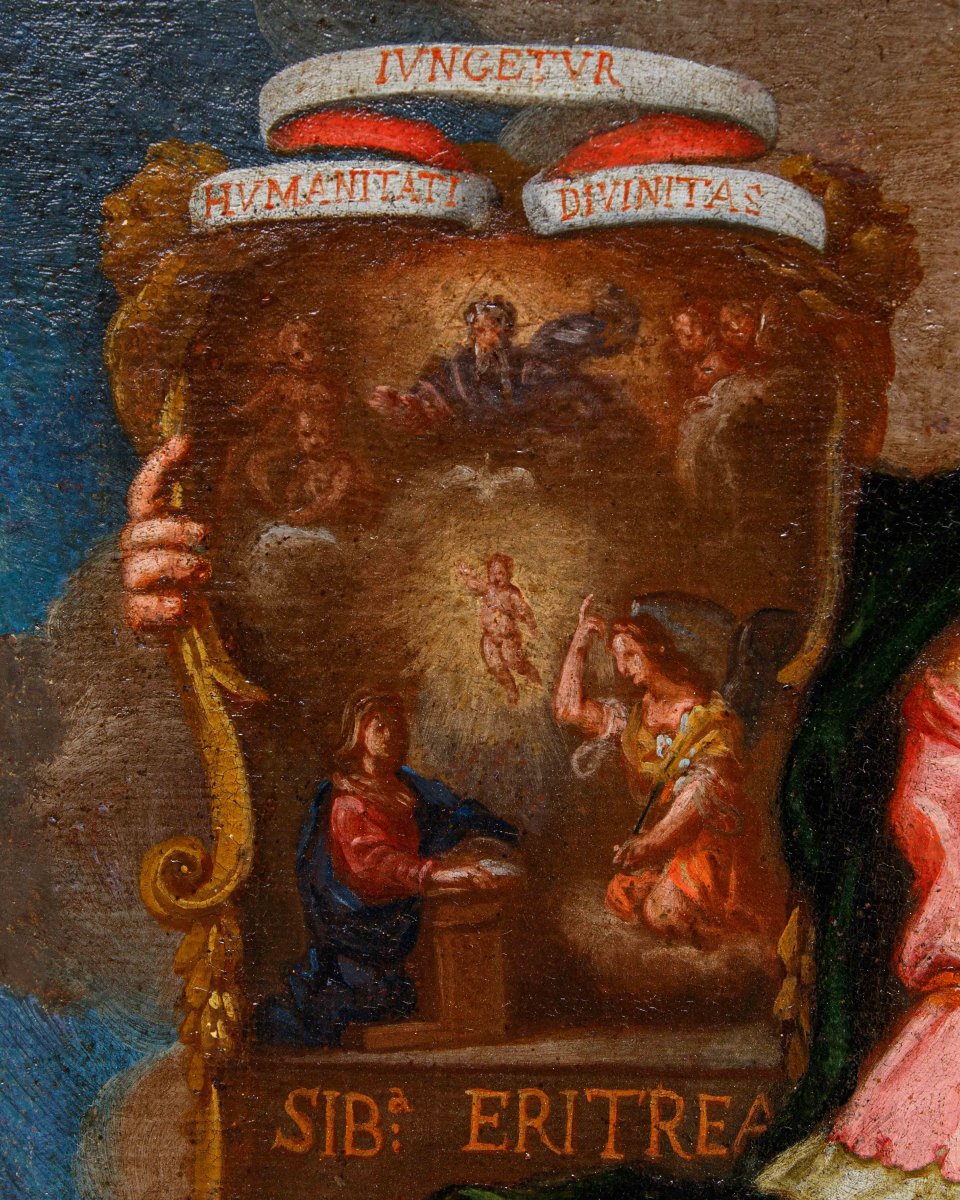


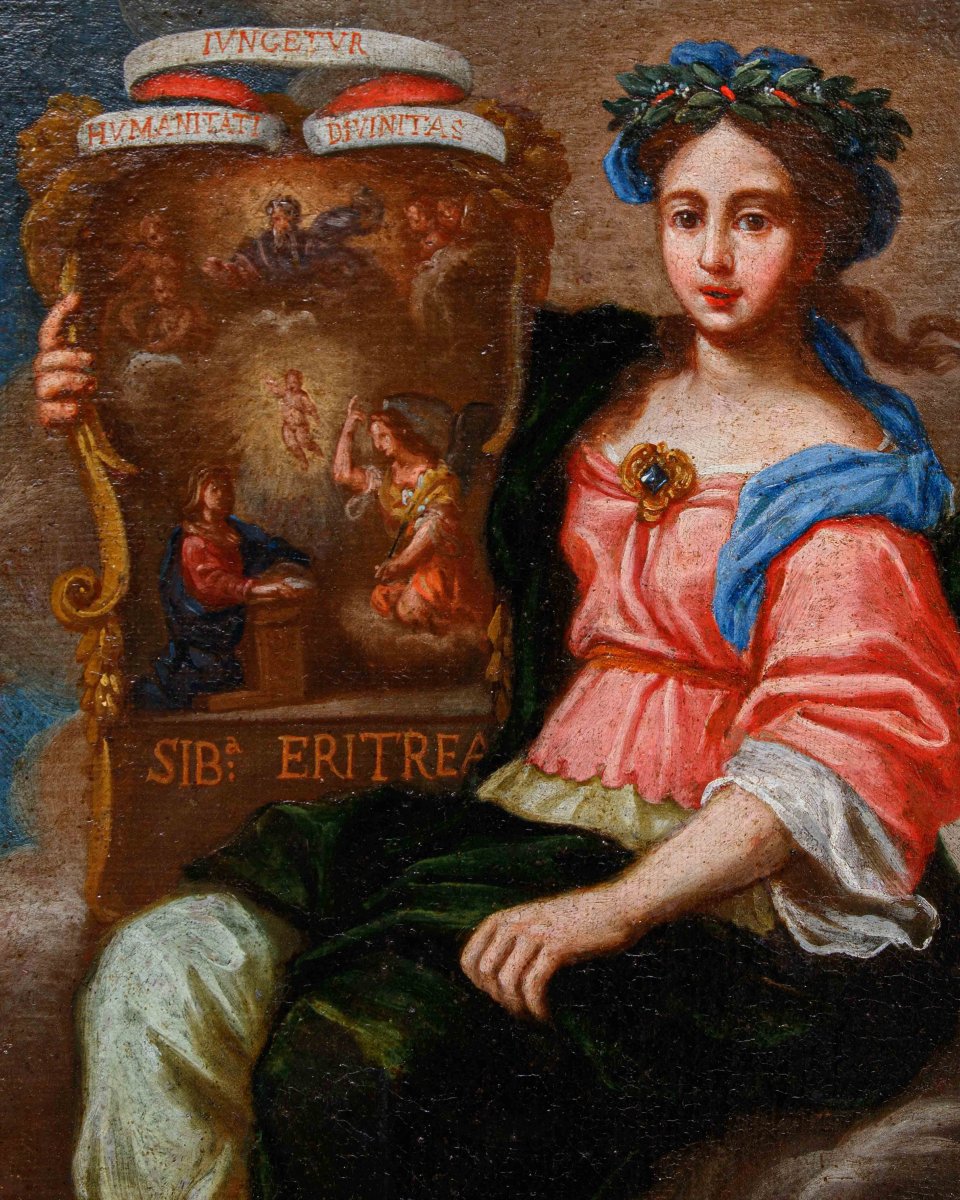















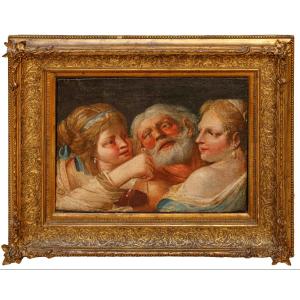



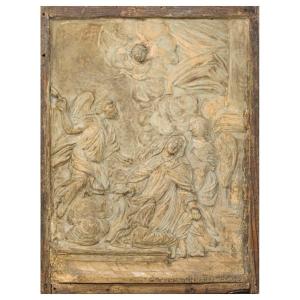

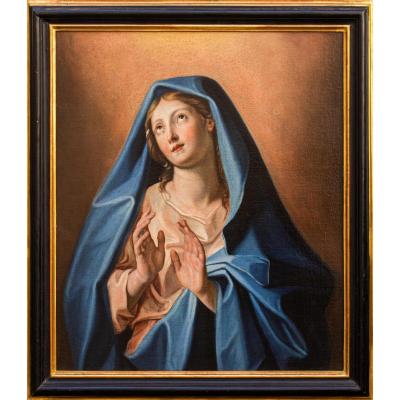



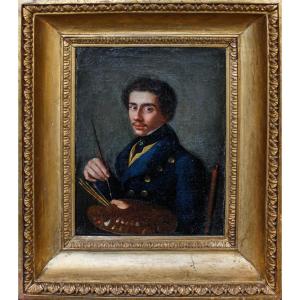

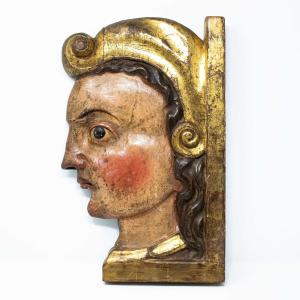




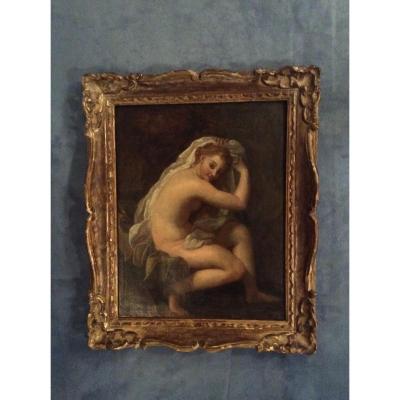




 Le Magazine de PROANTIC
Le Magazine de PROANTIC TRÉSORS Magazine
TRÉSORS Magazine Rivista Artiquariato
Rivista Artiquariato